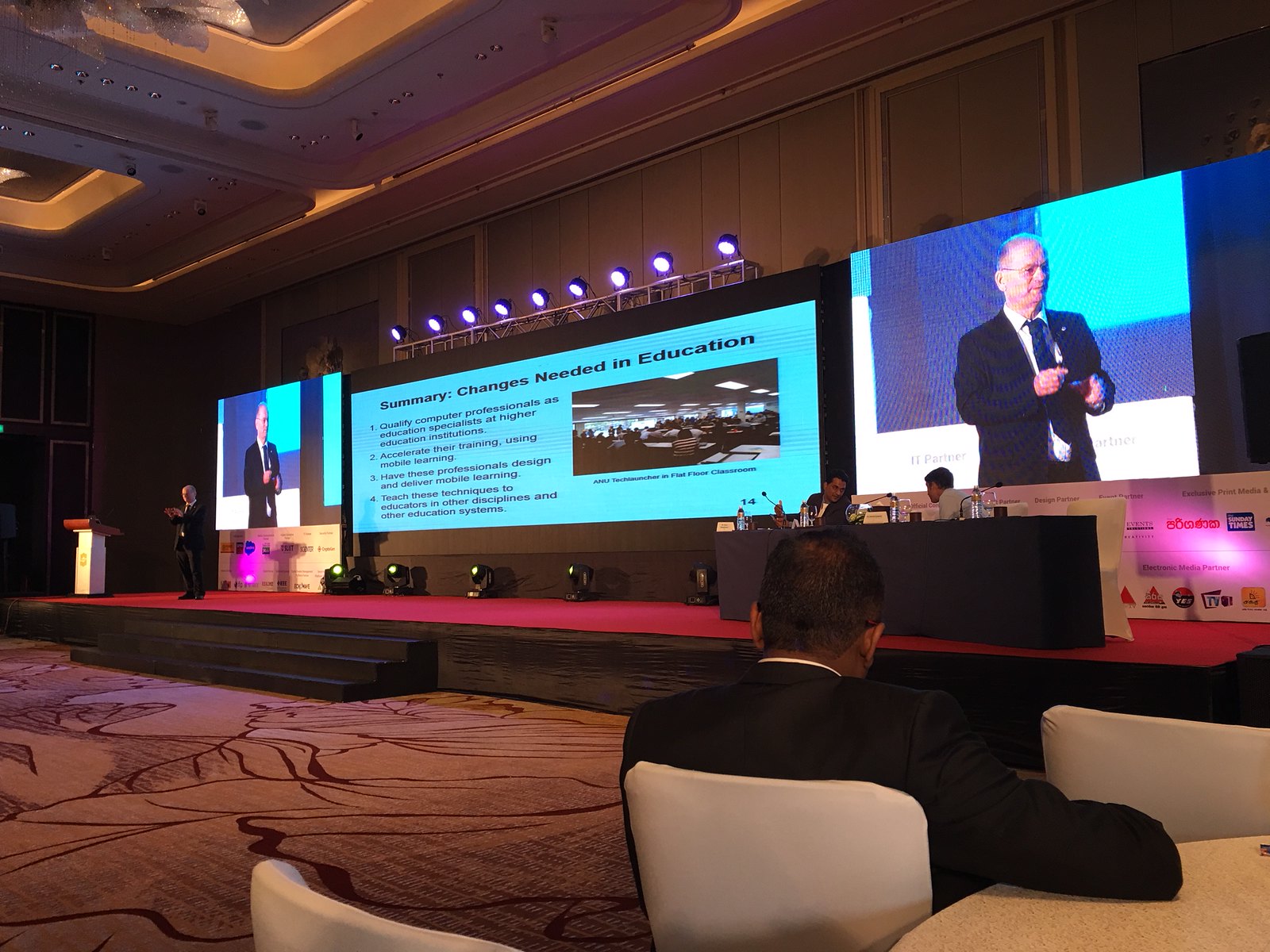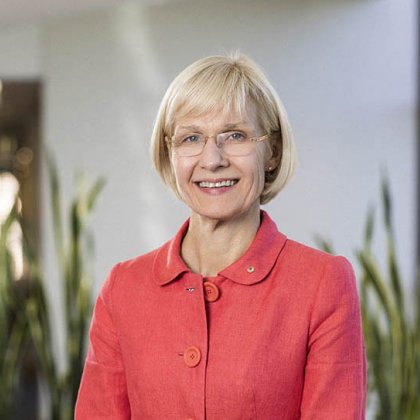Julie Hare reports that international students are choosing to study in the UK and Canada, as Australian borders remain closed to them (Australia will lose the battle for international students, IDP warns, AFR, Aug 25, 2021). In 2016 I graduated from a Canadian university, which I had never been on the campus of. This is one of the reasons I suggested Australia could offer an online experience for students, with the option of then studying on campus. My online experience was as educationally rewarding as an on-campus one (and slightly cheaper). Australian universities could offer a quality online experience. Students could then study on campus later, should they feel the need to.
Deborah Terry, Vice-Chancellor of the University of Queensland, has written in support of the hybrid model (Australia needs a new model of international education for the post-Covid era, Times Higher Education, August 26, 2021). However, as I suggested in a series of papers and talks at international conferences (from 2014), for this to work, we need to have Australian & international students together in quality online courses (Worthington, 2014 & 2018).
 |
| Presenting proposal in Colombo, 2018 |
In 2019 I described how the final module of learning for a project course at ANU, had domestic and international students worked in teams (Worthington, 2019). While the students were in classrooms in Canberra, I had designed the final task for students, so this could be switched to pure online delivery, in an emergency. This option was activated for semester 1, 2020, due to COVID-19 and worked well (Cochrane, Birt, Cowie, Deneen, Goldacre, Narayan & Worthington, 2020). However, that was only possible because the design work had been done the year before the pandemic struck. It takes time to design education.
Rather than continue with the current ad-hoc approach, I suggest there would be value in Australian higher educational institutions working together, with government, on the blended approach. This could be done cooperatively using a brand Australia, rather than each Australian university competing with each other for international students. One successful model for this is Open Universities Australia (OUA) which offers a brand, and administrative structure, for online learning by a diverse mix of 22 institutions. With OUA's approach, students can select courses from across institutions, to a limited extent, but then graduate from one of the institutions. This allows universities to retain their autonomy, but benefit from pooling marketing resources.
In addition, Australian universities can't assume they have a captive market for domestic students, so need to improve the quality and branding of online learning. When I looked for a graduate program in education to undertake, I started by looking in the city where I lived. As soon as I looked outside that, I realized I would be studying online, and so need not confine myself to Australian institutions. The costs were comparable, but a barrier I found was how to assess the quality of little known institutions in other countries. As an example, I spent a considerable amount of time trying to work out if a Canadian university had accreditation from their government, only to discover universities are not accredited by the Canadian government, but instead through a mix of local and US non-government procedures.
Australian universities have been able to deal with the effects of COVID-19 under otherwise favorable conditions. This could change suddenly. When I suggested Canberra's universities be ready with e-learning in 2016, I had in mind not a pandemic, but a military confrontation to our north. With tensions growing, there is scope for an incident which would see most international students leaving Australia.
References
Worthington, T. (2014, August). Chinese and Australian students learning to work together online proposal to expand the New Colombo Plan to the online environment. In 2014 9th International Conference on Computer Science & Education (pp. 164-168). IEEE. https://doi.org/10.1109/ICCSE.2014.6926448
Worthington, T. (2018, October). Computer Professionals Providing Mobile Learning for the Digital Economy. For National IT Conference 2018, 9 am, 3 October, 2018, Colombo, Sri Lanka. http://www.tomw.net.au/technology/it/digital_economy_learning/
Worthington, T. (2018, December). Blended Learning for the Indo-Pacific. In 2018 IEEE International Conference on Teaching, Assessment, and Learning for Engineering (TALE) (pp. 861-865). IEEE. https://doi.org/10.1109/TALE.2018.8615183
Worthington, T. (2019, December). Blend and Flip for Teaching Communication Skills to Final Year International Computer Science Students. In 2019 IEEE International Conference on Engineering, Technology and Education (TALE) (pp. 1-5). IEEE. https://doi.org/10.1109/TALE48000.2019.9225921
Cochrane, T., Birt, J., Cowie, N., Deneen, C., Goldacre, P., Narayan, V., ... & Worthington, T. (2020, November). A collaborative design model to support hybrid learning environments during COVID19. ASCILITE. https://doi.org/10.14742/ascilite2020.0119



No comments:
Post a Comment